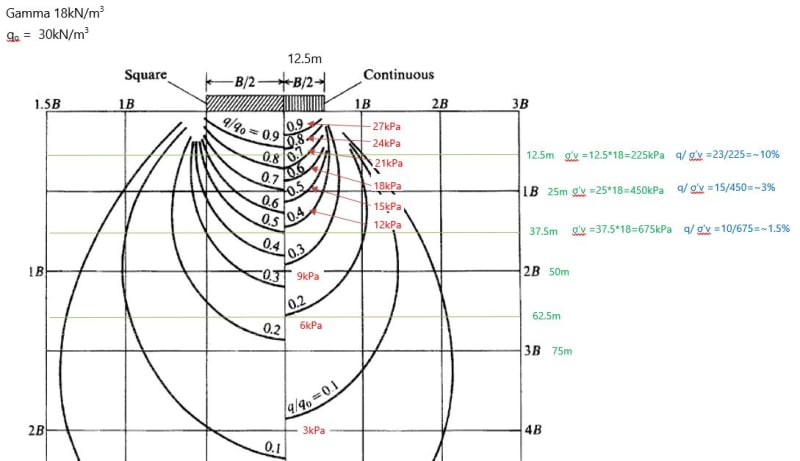Here is the situation:
5' fill will be placed on an existing 25' wide road embankment. SPT N values are 10-12 in upper 5' which is basically sand and existing embankment. Below that N value is like 2 to 3 for next 40' sand and then very dense 50+ blow sand. Groundwater is at 5' from the existing ground which is just at the bottom of existing embankment.
Will it be too conservative if whole 40' loose sand layer is considered for immediate settlement? Will there really be immediate settlement in that 40' loose sand? Thanks!
5' fill will be placed on an existing 25' wide road embankment. SPT N values are 10-12 in upper 5' which is basically sand and existing embankment. Below that N value is like 2 to 3 for next 40' sand and then very dense 50+ blow sand. Groundwater is at 5' from the existing ground which is just at the bottom of existing embankment.
Will it be too conservative if whole 40' loose sand layer is considered for immediate settlement? Will there really be immediate settlement in that 40' loose sand? Thanks!

